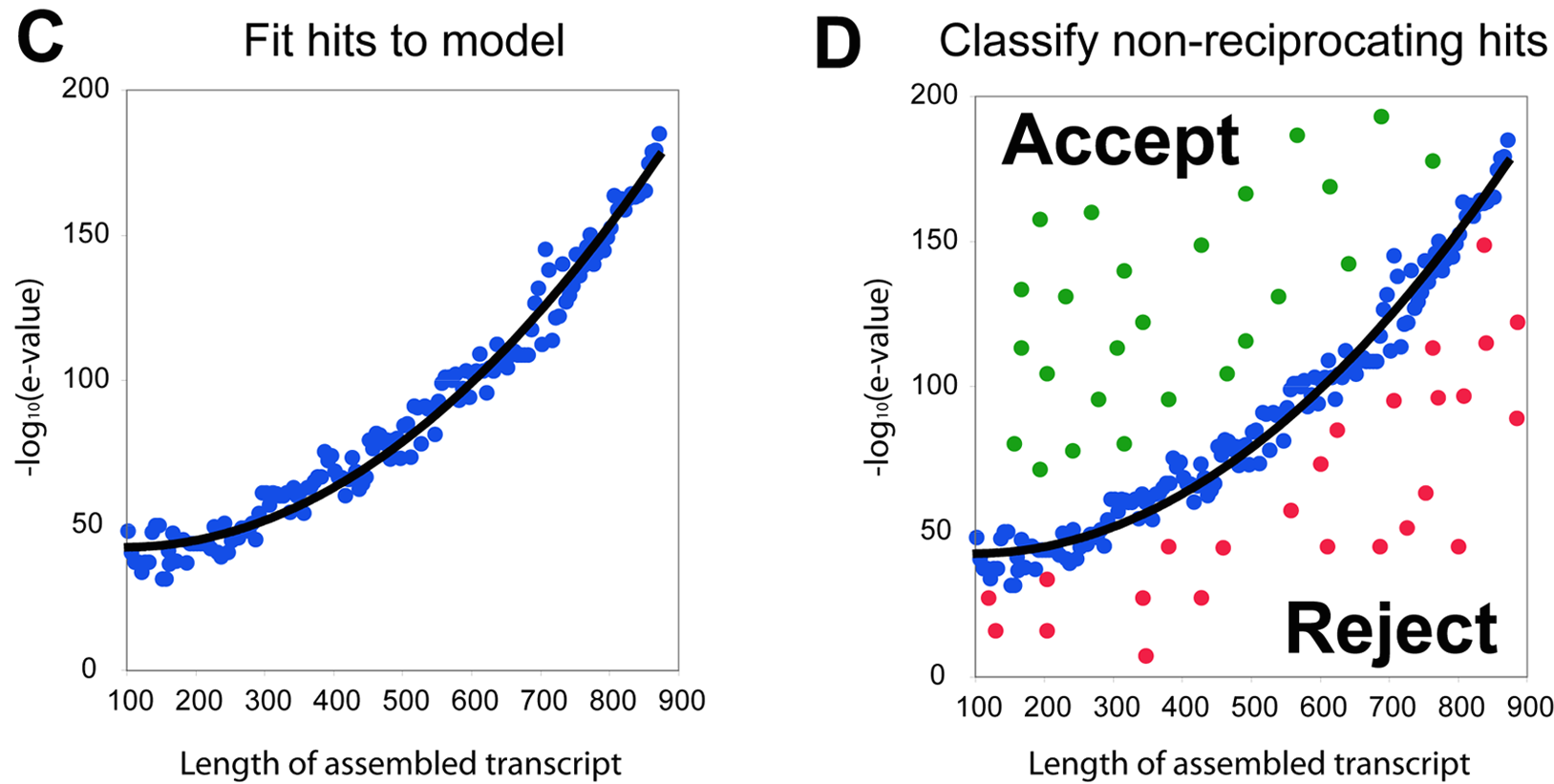About
This page goes a little more in depth on the software and its goals.
Motivations
Several different factors motivated dammit's development. The first of these was the sea lamprey transcriptome project, which had annotation as a primary goal. Many of dammit's core features were already implemented there, and it seemed a shame not share that work with others in a usable format. Related to this was a lack of workable and easy-to-use existing solutions; in particular, most are meant to be used as protocols and haven't been packaged in an automated format. Licensing was also a big concern -- software used for science should be open source, easily accessible, remixable, and free.
Implicit to these motivations is some idea of what a good annotator should look like, in the author's opinion:
- It should be easy to install and upgrade
- It should only use Free software
- It should make use of standard databases
- It should output in reasonable formats
- It should be relatively fast
- It should try to be correct, insofar as any computational approach can be "correct"
- It should give the user some measure of confidence for its results.
The Obligatory Flowchart
Software Used
- TransDecoder
- BUSCO
- HMMER
- Infernal
- LAST
- crb-blast (for now)
- pydoit (under the hood)
All of these are Free Software, as in freedom and beer
Databases
- Pfam-A
- Rfam
- OrthoDB
- BUSCO databases
- Uniref90
- User-supplied protein databases
The last one is important, and sometimes ignored.
Conditional Reciprocal Best LAST
Building off Richard and co's work on Conditional Reciprocal Best BLAST, I've implemented a new version with Python and LAST -- CRBL. The original lives here.
Why??
- BLAST is too slooooooow
- Ruby is yet another dependency to have users install
- With Python and scikit learn, I have freedom to toy with models (and learn stuff)
And, of course, some of these databases are BIG. Doing blastx and
tblastn between a reasonably sized transcriptome and Uniref90 is not
an experience you want to have.
ie, practical concerns.
A brief intro to CRBB
- Reciprocal Best Hits (RBH) is a standard method for ortholog detection
- Transcriptomes have multiple multiple transcript isoforms, which confounds RBH
- CRBB uses machine learning to get at this problem
CRBB attempts to associate those isoforms with appropriate annotations by learning an appropriate e-value cutoff for different transcript lengths.

from http://journals.plos.org/plosgenetics/article?id=10.1371/journal.pgen.1004365#s5
CRBL
For CRBL, instead of fitting a linear model, we train a model.
- SVM
- Naive bayes
One limitation is that LAST has no equivalent to tblastn. So, we find
the RBHs using the TransDecoder ORFs, and then use the model on the
translated transcriptome versus database hits.